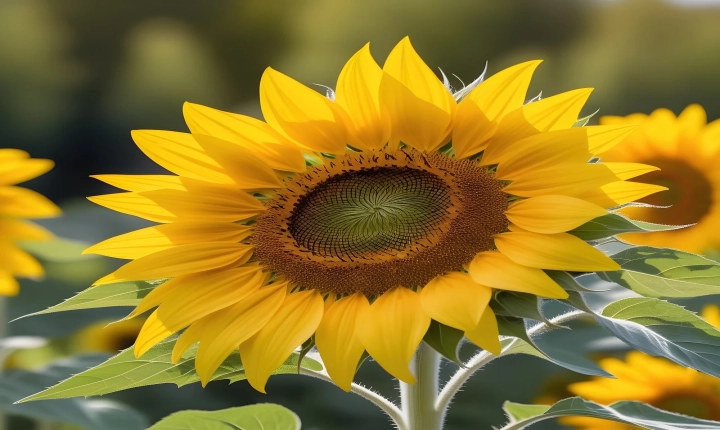Training artificial intelligence (AI) to create art is a fascinating process that merges the realms of technology and creativity. Through a combination of advanced algorithms, machine learning, and data analysis, AI can be trained to generate stunning and thought-provoking artwork. This article delves into the intricacies of how AI art is trained and the potential impact it has on the art world.
The training of AI art begins with the collection of vast amounts of data, such as images, paintings, sculptures, and other visual art forms. This extensive dataset serves as the foundation for the AI to learn and understand the underlying structure, style, and features of various art pieces. The more diverse and comprehensive the dataset, the better the AI can grasp the nuances of artistic expression and composition.
One of the key techniques employed in training AI art is generative adversarial networks (GANs). GANs consist of two neural networks – a generator and a discriminator – that are pitted against each other in a competitive process. The generator creates new art samples, while the discriminator evaluates these samples to distinguish between real and generated art. Through this back-and-forth interaction, the generator learns to create increasingly realistic and authentic art, while the discriminator becomes more adept at discerning the difference.
Another method used in training AI art is deep learning, a subset of machine learning that involves multiple layers of neural networks. Deep learning algorithms analyze the input data, extract features, and create complex representations, enabling the AI to understand and mimic artistic styles, colors, and techniques.
Additionally, reinforcement learning plays a pivotal role in the training process, helping the AI to refine its art generation capabilities through trial and error. By receiving feedback on its output and adjusting its parameters accordingly, the AI continuously improves its artistic proficiency.
Furthermore, style transfer techniques are employed to imbue the AI with the ability to emulate the style of a particular artist or art movement. By extracting the stylistic features of reference artworks and applying them to new compositions, the AI can produce art that reflects the characteristics of renowned artists or periods in art history.
As the AI art is being trained, it iteratively refines its ability to generate original and compelling artwork. The AI learns to recognize patterns, structures, and aesthetics inherent in the art world, enabling it to create pieces that resonate with human emotions and perceptions.
The implications of training AI art are vast, as it blurs the lines between human creativity and artificial intelligence. It raises thought-provoking questions about the nature of art, authorship, and the role of technology in artistic expression. AI art challenges traditional notions of creativity and opens up new possibilities for exploring innovative forms of artistic collaboration between humans and machines.
Moreover, the training of AI art has the potential to democratize creativity and broaden access to artistic expression. By harnessing the power of AI, individuals with varying levels of artistic expertise can explore and materialize their creative visions, thus democratizing the art-making process and fostering a more inclusive art landscape.
In conclusion, the process of training AI to create art is a complex and dynamic endeavor that encompasses a multitude of cutting-edge technologies and methodologies. As AI art continues to evolve and push the boundaries of artistic innovation, it offers tantalizing opportunities for reshaping the art world while igniting philosophical discussions about the intersection of technology and creativity. The convergence of AI and art holds the promise of unlocking new frontiers in artistic exploration and redefining the very essence of what it means to create art in the digital age.
